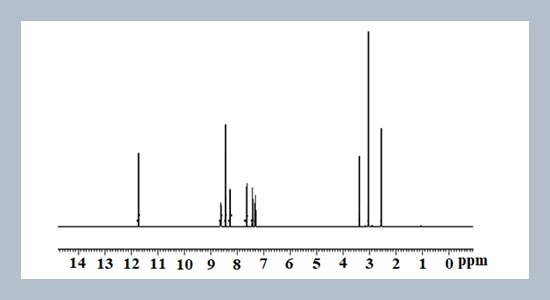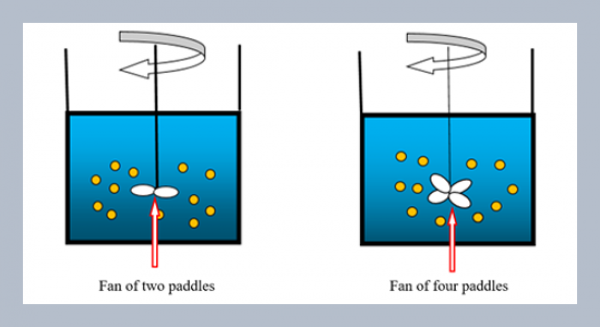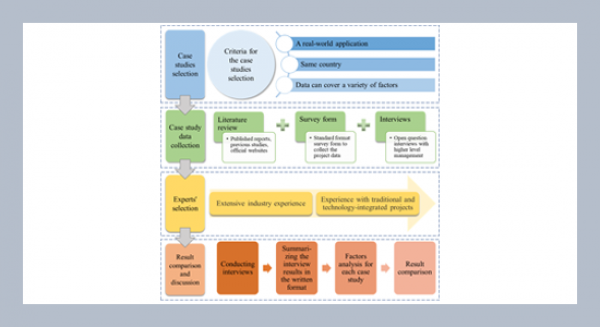REFERENCES
- Anitha, P., Chitrapriya, N., Jang Y.J., Viswanathamurthi. P. 2013. Synthesis, characterization, DNA interaction, antioxidant and anticancer activity of new ruthenium(II) complexes of thiosemicarbazone/semicarbazone bearing 9, 10-phenanthrenequinone, Journal of Photochemistry and Photobiology B: Biology, 129, 17–26.
- Arjmand, F., Parveen, S., Afzal, M., Shahid M. 2012. Synthesis, characterization, biological studies (DNA binding, cleavage, antibacterial and topoisomerase I) and molecular docking of copper(II) benzimidazole complexes. Journal of Photochemistry and Photobiology B: Biology, 114, 15–26.
- Bal-Demirci, T., Güveli, S., Yeşilyurt, S., Ozdemir, N., Ulkuseven, B. 2020. Thiosemicarbazone ligand, nickel(II)and ruthenium(II) complexes based on vitamin B6 vitamer: The synthesis, different coordination behaviors and antioxidant activities, Inorganic Chimica Acta, 502, 119335–119368.
- Barolli, J.P., Maia, P.I.S., Vegas, L.C., Moreira, J., Plutin, A.M., Mocelo, R., Deflon, V.M., Cominetti, M.R., Mathias, M.I.C., Batista, A.A. 2017. Heteroleptic tris-chelate ruthenium(II) complexes of N, N-disubstituted-N’-acylthioureas: Synthesis, structural studies, cytotoxic activity and confocal microscopy. Polyhedron,126, 33–41.
- Chowdhury, N.S., Seth, D.K., Drew, M.G.B., Bhattacharya, S. 2011. Ruthenium mediated C-H activation of benzaldehyde thiosemicarbazones: Synthesis, structure, and spectral and electrochemical properties of the resulting complexes, Inorganica Chimica Acta, 372, 183–190.
- Elizabeth, K., Rao, M.N.A. 1990. Oxygen radical scavenging activity of curcumin, International Journal of Pharmaceutics, 58, 237–240.
- Gilewska, A., Masternak, J., Kazimierczuk, K., Trynda, J., Wietrzyk, J., Barszcz, B. 2018. Synthesis, structure, DNA binding and anti cancer activity of mixed ligand ruthenium(II) complex, Journal of Molecular Structure,1155, 288–296.
- Khan, S.A., Asiri. A.M. 2017. Synthesis and spectroscopic studies of Ru(II) complexes of steroidal thiosemicarbazones by multi step reaction: As anti-bacterial agents, Steroids, 124, 23–28.
- Krishnamorthy, P., Sathyadevi, P., Cowlwy, A.H., Butorac, R.R., Dharamaraj, N. 2011. Evaluation of DNA binding, DNA cleavage, protein binding and in vitro cytotoxic activities of bivalent transition metal hydrazone complexes. European Journal of Medicinal Chemistry, 46, 3376–3387.
- Manikandan, R., Anitha, P., Prakash, G., Vijayan, P., Viswanathamurthi, P., Butcher, R.J., Malecki, J.G. 2015. Ruthenium(II) carbonyl complexes containing pyridoxal thiosemicarbazone and trans-bis(triphenylphosphine/arsine): Synthesis, structure and their recyclable catalysis of nitriles to amides and synthesis of imidazolines. Journal of Molecular Catalysis A Chemical, 398, 312–324.
- Mir, J.M., Jain, N., Jaget, P.S., Khan, W., Vishwakarma, P.K., Rajak, D.K., Malik, B.A., Maurya, R.C. 2019. Urinary tract anti-infectious potential of DFT- experimental composite analyzed ruthenium nitrosyl complex N-dehydrpacetocacod-thiosemicarbazide, Journal of King Saud University- Science, 31, 89–100.
- Mishra, D., Naskar, S., Drew M.G.B., Chattopadhyay, S.K. 2005. Mononuclear and binuclear ruthenium(II) complexes with 4-(phenyl) thiosemicarbazone of benzaldehyde: A discussion on the relative stabilities of the four-membered and five-membered chelate rings formed by the ligand, Polyhedron, 24, 1861–1868.
- Mossman, T. 1983. Rapid colorimetric assay for cellular growth and survival application to proliferation and cytotoxicity assay, Journal of Immnological Methods, 65, 55–63.
- Nagaraju, K., Pal, S. 2014. Complexes of cis-bis(triphenylphosphine)ruthenium(II) with N, S-donor thiobenzhydrazones of polycyclic aromatic aldehydes: Synthesis, properties and structures, Inorganica Chimica Acta, 413, 102–108.
- Natarajan, K., Agarwala, U. 1978. β-diketonato(trihenylphosphine)complexes of ruthenium(II), Inorganic and Nuclear Chemistry Letters, 14, 7–10.
- Rodrigues, C., Batista, A.A., Aucélio, R.Q., Teixeira, L.R., Visentin, L.D.C., Beraldo, H. 2008. Spectral and electrochemical studies of ruthenium (II) complexes with N4-methyl-4-nitrobenzaldehyde and N4-methyl-4-nitrobenzophenone thiosemicarbazone potential anti-trypanosomal agents. Polyhedron, 27, 3061–3066.
- Sampath, K., Jayabalakrishnan, C. 2017. Biomolecular interaction and cytotoxicity of ruthenium(III) benzothiazole substituted ferrocenyl thiosemicarbazone, Arabian Journal of Chemistry, 10, S3207–S3215.
- Sampath, K., Sathiyaraj S., Jayabalakrishnan, C. 2013. Evaluation of DNA-binding DNA cleavage, antioxidant and cytotoxic activity of mononuclear ruthenium(II) carbonyl complexes of benzaldehyde 4–phenyl-3-thiosemicarbazones, Spectrochimica Acta Part A: Molecular and Biomolecular Spectroscopy, 115, 287–296.
- Sanchez-Delgado, R.A., Lee, W.Y., Choi, S.R., Cho, Y., Jun, M.J. 1991. The chemistry and catalytic properties of ruthenium and osmium complexes. Part 5. Synthesis of new compounds containing arsine ligands and catalytic activity in the homogeneous, Transition Metal Chemistry, 16, 241–244.
- Selvamurugan, S., Ramachandran, R., Prakash, G., Nirmala, M., Viswanathamurthi, P., Fujiwara, S., Endo, A. 2017. Synthesis of heteroleptic copper(I) complexes with phosphine-functionalized thiosemicarbazones: Efficient catalyst for regioselective N-alkylation reactions thiosemicarbazones, Inorganica Chimica Acta, 454, 46–53.
- Thota, S., Vallala, R. Yerra, Rodrigues, D.A., Raghavendra, N.M., Barreiro, E.J. 2016. Synthesis, characterization, DNA binding, DNA cleavage, protein binding and cytotoxic activities of Ru(II) complexes, International Journal of Biological Macromolecules, 82, 663–670.
- Thota, S., Vallala, S., Yerra R., Barreiro, E.J. 2015. Design, synthesis, characterization, cytotoxic and structure activity relationships of novel Ru(II) complexes, Chinese Chemical Letters, 26, 721–726.
- White, J.K., Schmehl, R.H., Turro, C. 2017. An overview of photo substitution reactions of Ru(II) imine complexes and their application in photobiology and photodynamic therapy, Inorganica Chimica Acta, 454, 7–20.















